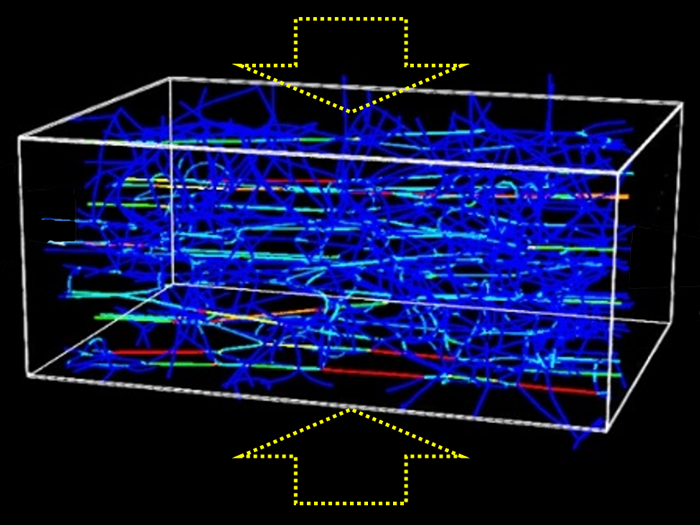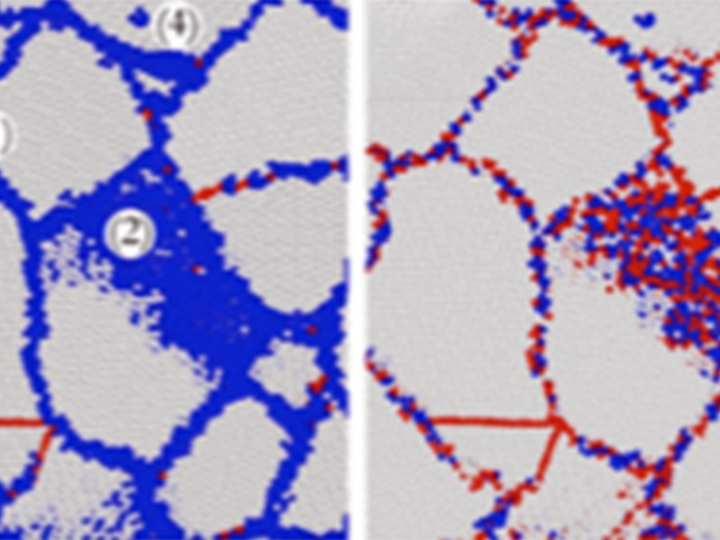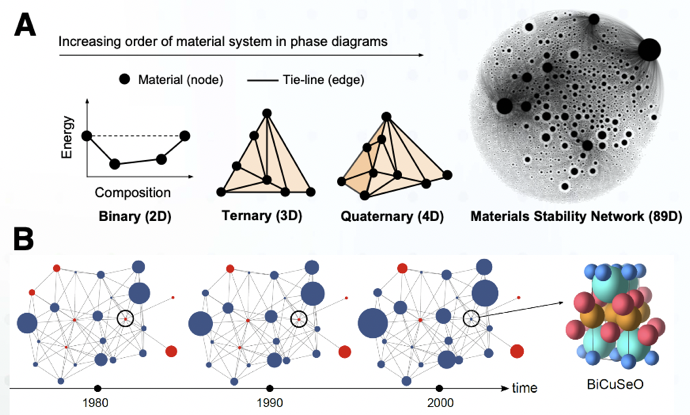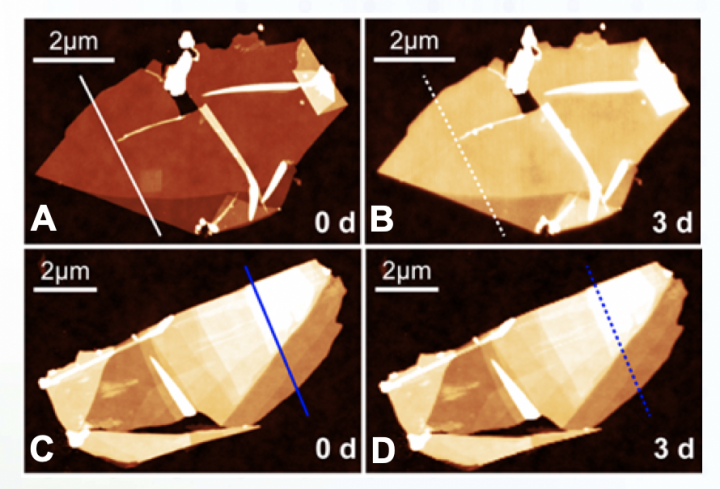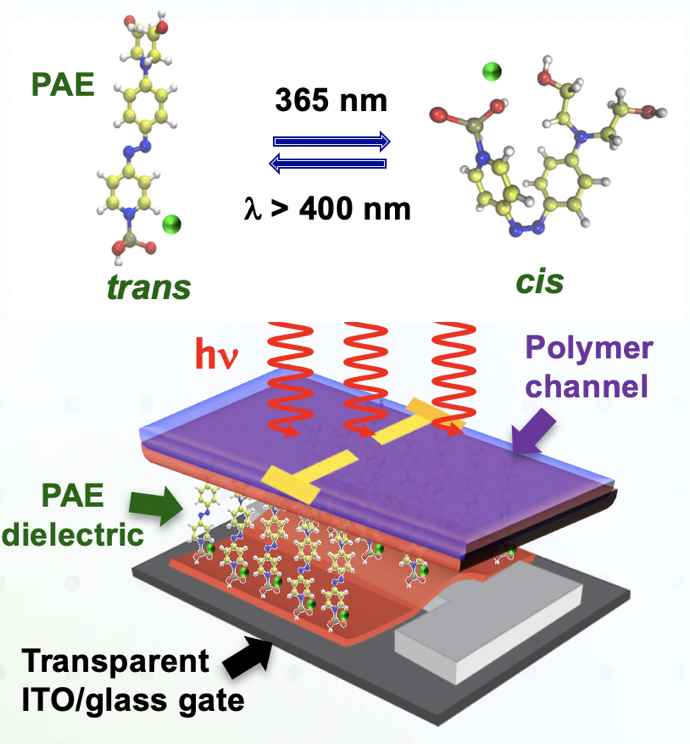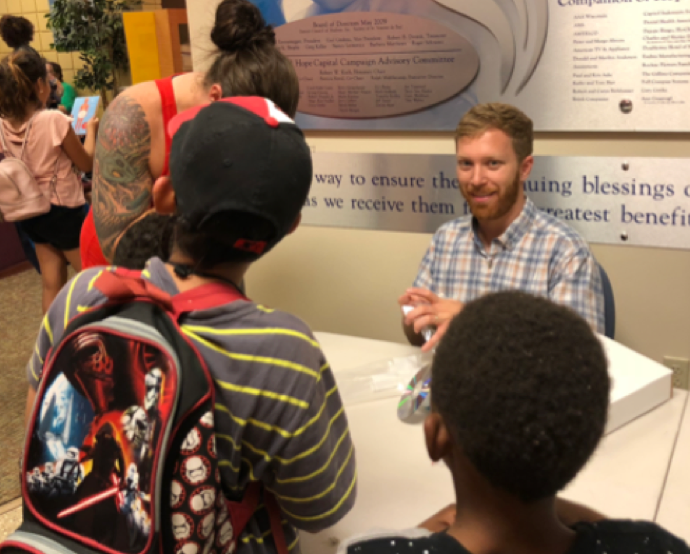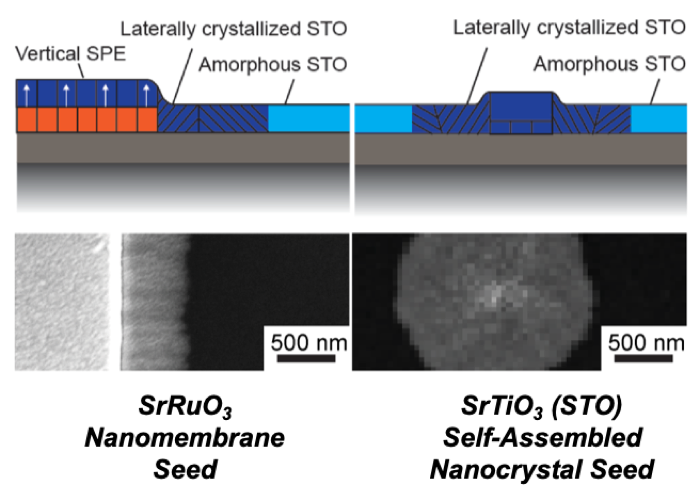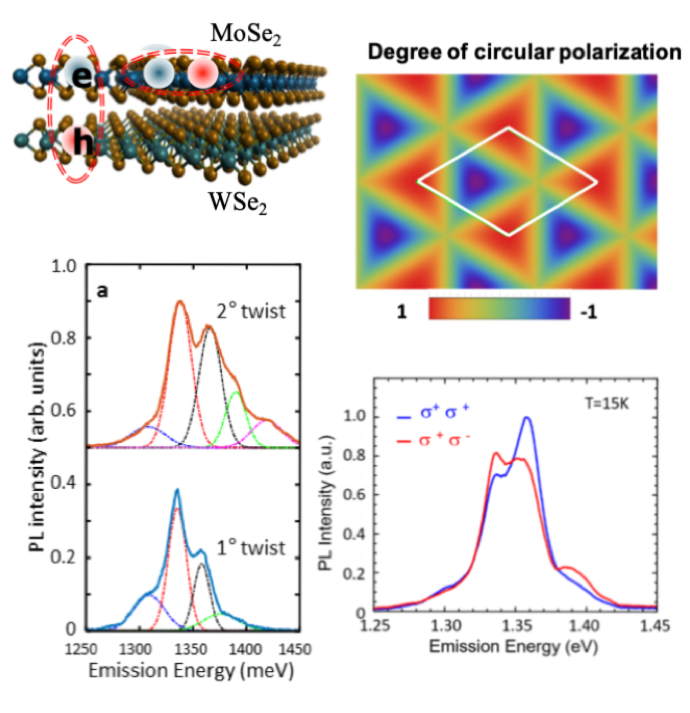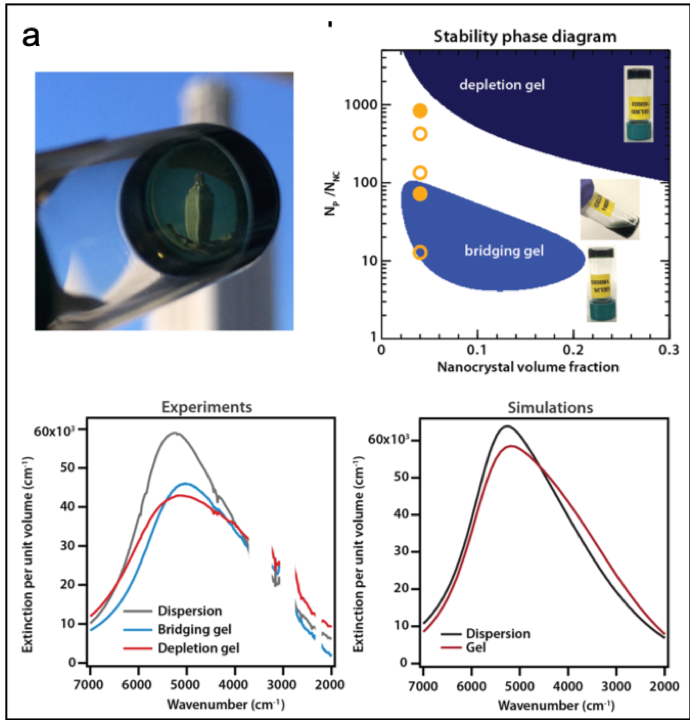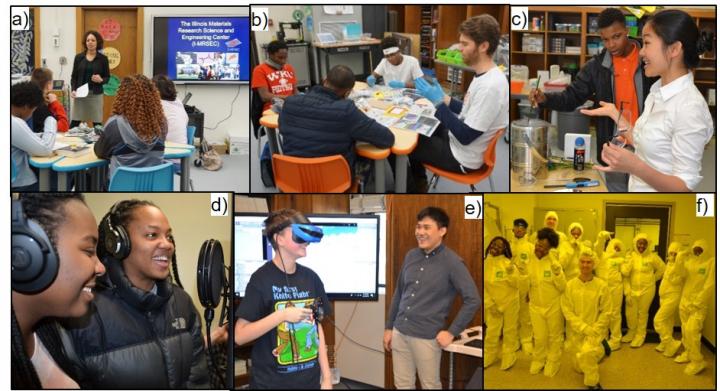Shenoy group in the IRG led a study on the multiaxial behavior of collagen networks. When stretched, the network models exhibited drastic contractions transverse to the direction of loading (yellow arrows in the top left image). The networks exhibited an anomalous Poisson effect, with apparent Poisson’s ratios larger than 1. Experiments validated this result and showed increases of apparent Poisson’s ratio with decreasing collagen concentration (top right image).

